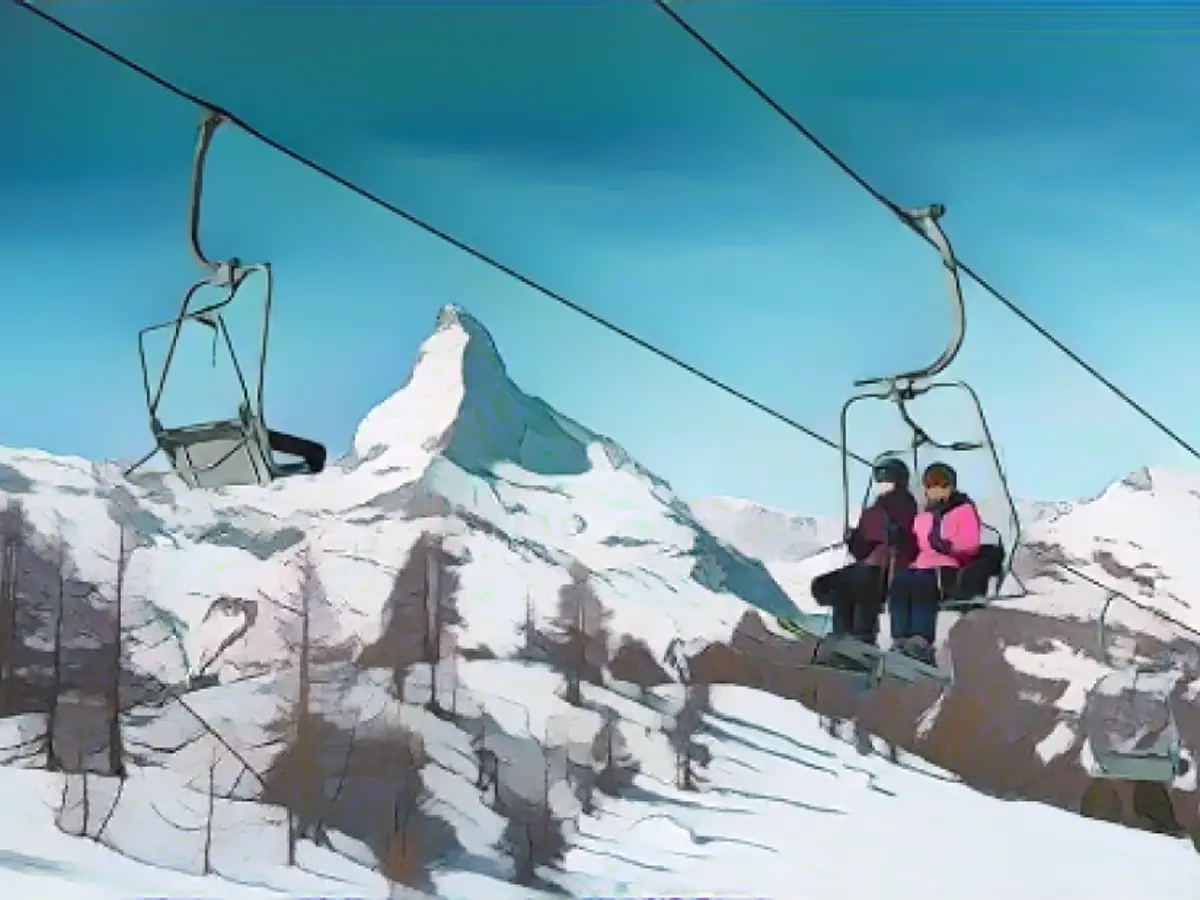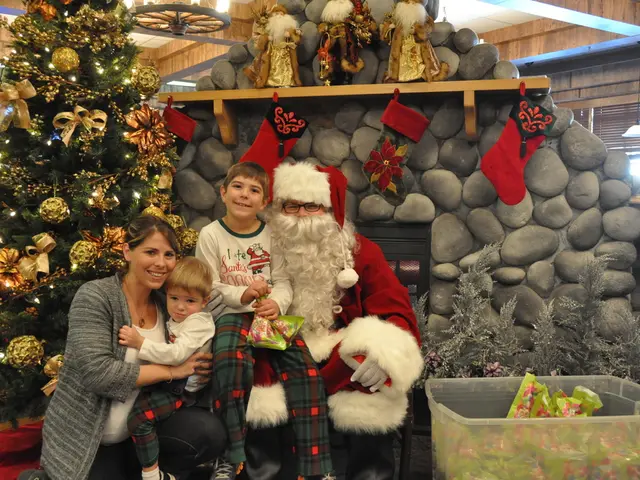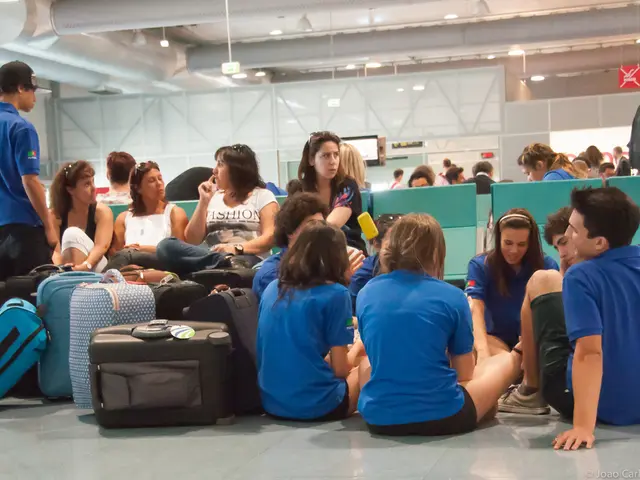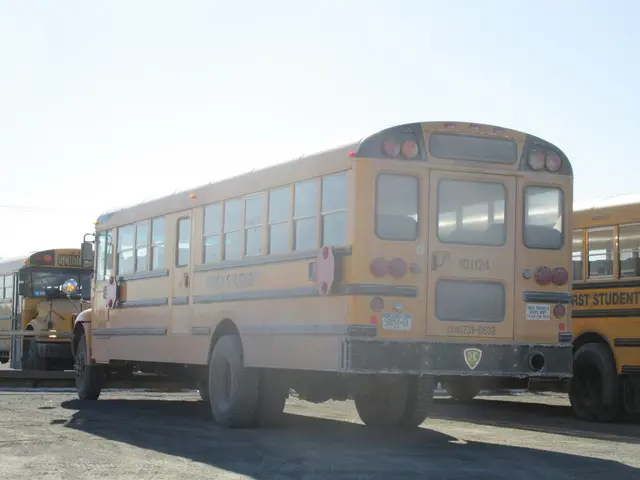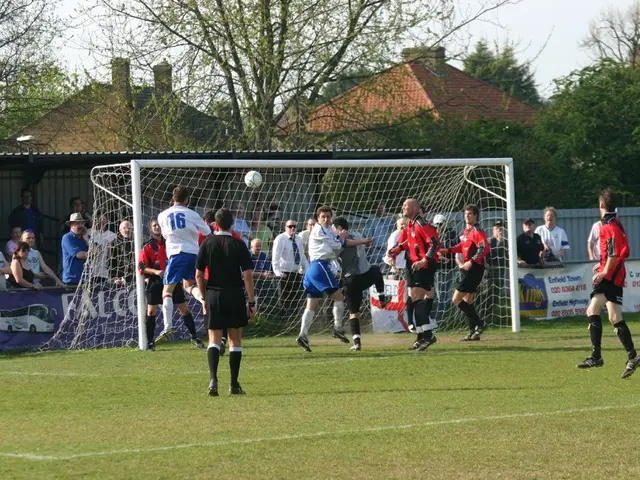With globally decreasing snowfall due to climate change, several North American ski resorts are expected to maintain their snow-covered slopes this season thanks to various adaptive strategies. These resorts are heavily investing in snowmaking technology and infrastructure to mitigate climate change effects. Let's explore some ski destinations likely to have good snow conditions:
- Stowe Mountain Resort, Vermont Stowe, renowned for its challenging runs and modern lifts, will remain a skier's paradise. Its advanced snowmaking system ensures that the mountain remains ski-able despite the climate change challenges[1].
- Sugarloaf, Maine As Maine's largest winter sports destination, Sugarloaf offers an extensive advanced ski terrain and unique above-treeline skiing experiences. With a focus on snowmaking, the resort covers 1,240 acres of ski area, ensuring good conditions throughout the season[1].
- Whiteface, New York Whiteface, with the largest vertical drop in the East (3,430 feet), is a skier's dream for powder enthusiasts. It provides a dedicated section of green runs for beginners, and its efficient snowmaking system ensures that all 99% of its terrain remains skiable[1].
- Loon Mountain, New Hampshire Loon Mountain is an ideal choice for intermediate skiers and families, offering 61 trails across 370 acres. Their state-of-the-art snowmaking system manages to cover 99% of its terrain, ensuring that the mountain remains ski-able throughout the season[1].
Bear in mind that while these resorts invest in snowmaking efforts, the ski seasons are forecasted to be shorter and more unpredictable in the coming years [2].
References: [1] U.S. Forest Service, "Snowmaking" [2] National Oceanic and Atmospheric Administration, "Climate Change and Winter Sports"
